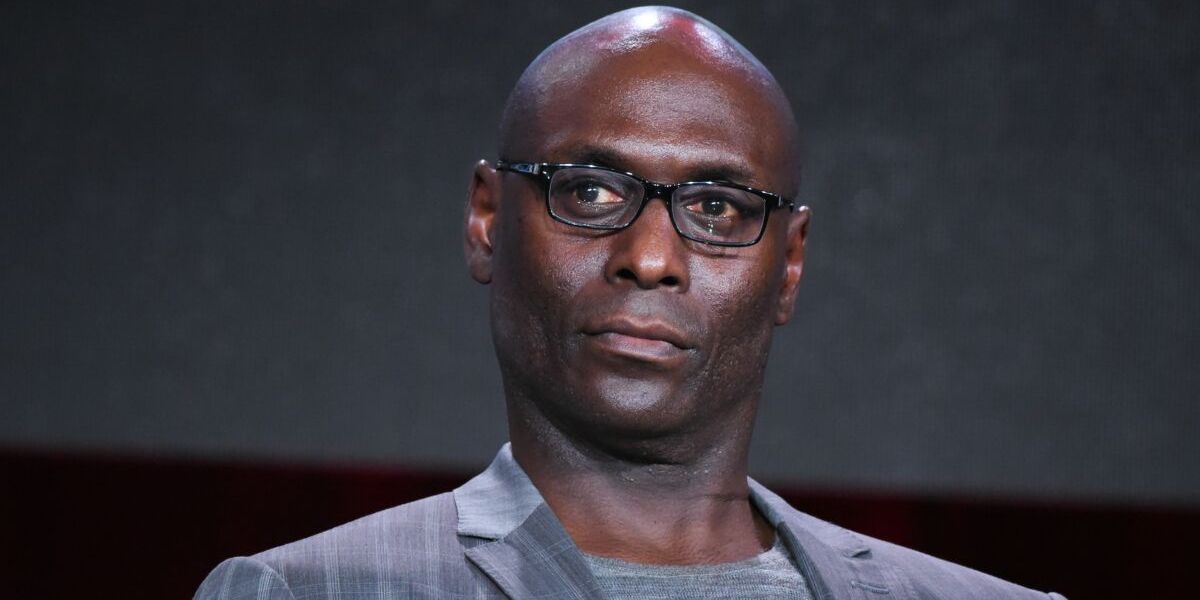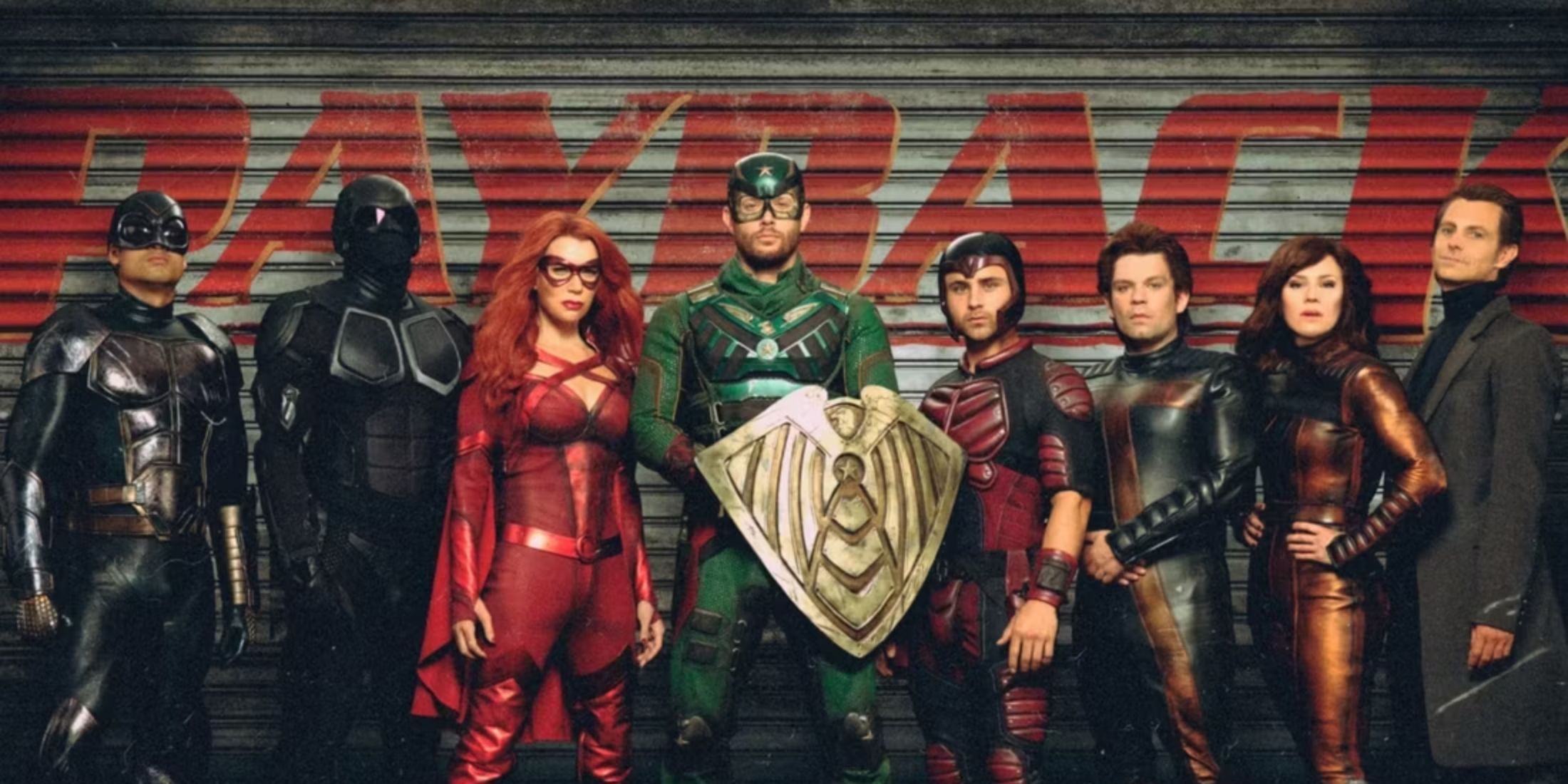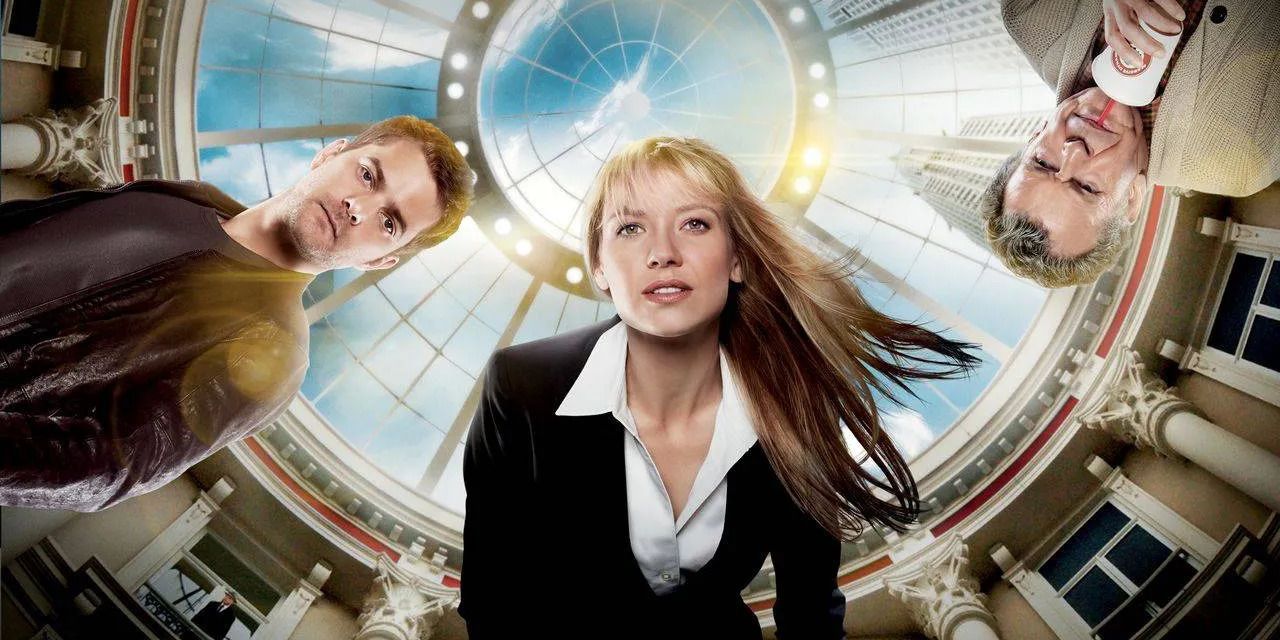Quick Links
Fox as a network is not well-known for keeping shows alive that saw mediocre ratings. The X-Files was a fluke in terms of survivability and popularity, because sci-fi shows don't do well on network television. Perhaps Fringe sharing some traits with The X-Files helped the science fiction thriller reach 100 episodes. Created by J.J. Abrams, Alex Kurtzman, and Roberto Orci, Fringe survived for five seasons and was allowed to see its proper ending as the creators originally envisioned.
Fringe premiered in 2008 with an episodic structure that gradually shifted to a serialized one by the time its final season came around. Few shows are given the opportunity to end with a proper conclusion, let alone ones that increase in complexity as time goes on. The story grew more and more convoluted with each season. While not as difficult to understand as Lost, another J.J. Abrams project, alternate dimensions, psionic powers, and bizarre science experiments did pose complications in keeping audiences interested. Hence, an explanation of its finale is in order.

Fringe: Lance Reddick's Overlooked Role In The Sci-Fi Procedural
Lance Reddick's role in Fringe was one of his most powerful, and played a major part in bringing the sci-fi drama to life.
How Did Fringe End?
Season five of Fringe was unlike anything in the series prior. For starters, it takes place in 2036, more than 20 years after the events of the rest of the series. In addition to taking place in the future, the final season does away with its "creature-of-the-week" format, where the Fringe team investigates a new anomaly every week. Season five follows the same ongoing story of trying to fix the past, where advanced humans travel back in time to wipe out humanity and cultivate Earth's environment to better fit their own.
In 2015, Olivia and Peter enjoyed a picnic with their daughter Etta when the invaders arrived and separated the family. To ensure victory, the Fringe team, Olivia, Peter, Walter, and Astrid, sealed themselves in solidified amber. In 2036, Etta discovers the team and frees them from the amber, allowing them to prevent the dystopian future of 2036, where humans are subjugated to the Observers.
By the end of the series, time resets to 2015. Olivia, Peter, and Etta are again enjoying their picnic, but this time there's no invasion. Unfortunately, there's no Walter either, as he went on a timey-wimey journey into the future with an Observer. Instead, Peter receives a drawing of a white tulip from Walter. While this drawing caused a lot of confusion because there was no way it could have been sent after Walter traveled to the future, the tulip represented forgiveness, a callback to a season two episode entitled "White Tulip."
The Observers Played a Vital Role
Throughout the series, the Fringe team encountered bald-headed humans with peculiar technological devices, who lacked any kind of emotion. Often, it seemed as if they were helping the team complete their cases. Other times, the Observers stayed at arm's length, simply watching peculiar events as they unfolded, thus their name "the Observers." However, thanks to a friendly Observer, the team received a warning that they were conducting their own missions to serve themselves and prepare the world for their arrival.
In the 27th century, humans learned to eliminate all emotion from their chemical makeup in favor of increasing their intelligence. This improved intelligence led them on the path to time travel because, by the 27th century, the planet became uninhabitable. This prompted them to invade in 2015 and initiate a "Purge" of present-day humans. With their advanced technology and superior intelligence, it didn't take long for the Observers to conquer the 21st century and begin preparing the planet for their existence.
However, the friendly Observer, September, disagreed with their methods and started developing a plan to undo everything the Observers worked toward, including their creation. He had a biological son whom the Observers scheduled for termination, because he exhibited human emotions. The son was an anomaly. September took his son and hid him in the past, where he would be safe until he could figure out how to effectively stop the Observers. The Fringe team met this child, as if by design, in the first season's 15th episode, "Inner Child."
September and Walter formulate a plan to take the child, Michael, into the future to the scientists who discover a means to mute human emotion. The pair hoped that seeing Michael's heightened intelligence, coupled with his capacity for emotion, would prove that they could achieve a balance between emotion and intelligence without making any sacrifices, eliminating the existence of the Observer race. However, there were a few obstacles.
Firstly, Michael was incapable of speech. As such, a guardian who could explain everything would need to join him on the journey. Michael and the person joining him could never return to their own timeline; otherwise, they would risk the Observers returning. Naturally, as his father, September is the one chosen to accompany Michael. But when he's shot while attempting to enter the wormhole that would transport him and Michael to the future, Walter takes his place. After one final embrace with his son Peter, Walter stepped into the wormhole and erased the Observers from existence.
What Was Fringe About?
Fringe followed FBI Special Agent Olivia Dunham, and her work with a small task force comprised of an eccentric scientist and his genius son as they solved a series of bizarre cases that tied into a larger scheme they called "the Pattern." A group known as ZFT ends up being behind many of the cases that the team investigates. Meanwhile, a multinational corporation, Massive Dynamic, keeps popping up with ties in some capacity. Walter Bishop, the eccentric scientist, was once a colleague of the company's founder and CEO, William Bell. Bell, or Belly as Walter refers to him, also repeatedly avoids the FBI, increasing suspicion.
As time went on, the show introduced the multiversal theory, where a separate yet near-identical universe exists. It was a universe that Walter was all too familiar with: he had kidnapped the alternate version of his son, Peter, from there after the Peter from his universe died. This had a domino effect on the other universe, changing the alternate Walter forever along and causing the fabric of their reality to destabilize. This led to multiple infiltrations, kidnappings, and battles between the two worlds until the discovery of a device with the power to bridge the two universes.
Fringe was a unique series about weird science, families, relationships, and sacrifice. Despite a history of lies and abandonment, Walter and Peter form a loving bond as father and son, September shows love and compassion for his anomaly of a son, despite being part of a race incapable of feeling emotions. Olivia rebuilds a bond with Walter after discovering all the different experiments he conducted on her without telling her. Many fans fell in love with Fringe for its bizarre cases and similarity to The X-Files, but they stayed for the familial and nurturing component. Joshua Jackson spoke with Collider shortly after the finale in 2013 and said:
I feel like Fringe and its afterlife is a test case for the new way that television works. How that manifests itself, I don’t know. I think there will probably be a lot of fan fiction. Maybe there will even be some sort of filmed addendum to this show, whether television or podcast, or however it manifests itself.

Why This Sci-Fi Show Shouldn’t Have Been Canceled
NBC's Debris fell victim to an unfortunate fate for science fiction TV shows. Here's why it shouldn't have.


